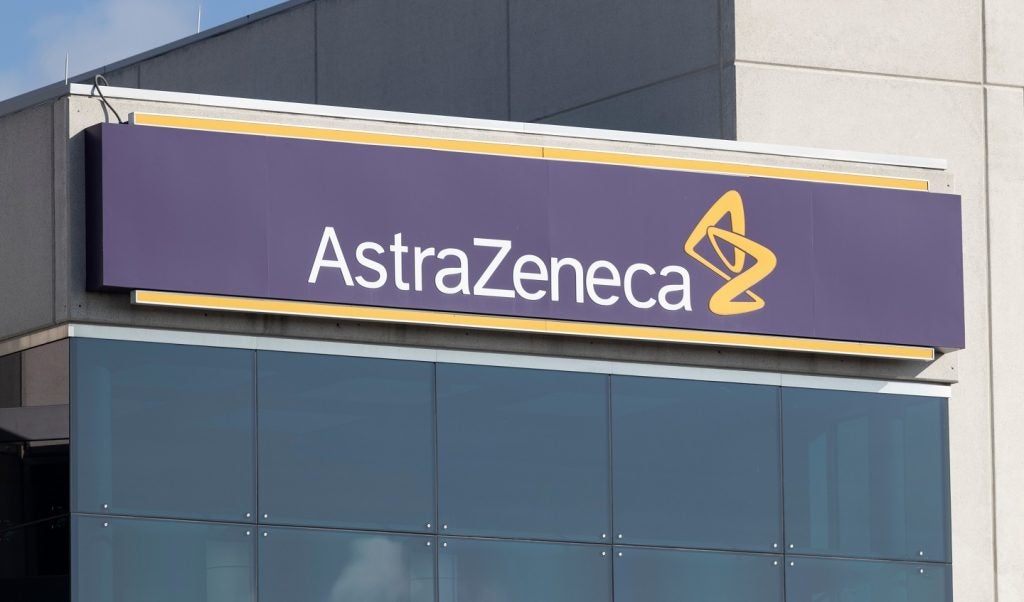
A 7.5-year follow-up of AbbVie and Johnson & Johnson’s Imbruvica (ibrutinib) for chronic lymphocytic leukemia (CLL) found that the seven-year progression-free survival (PFS) rate is more than 90% for low-risk patients and 30%–40% for high-risk patients. PFS is the length of time during and after the treatment of a disease, such as cancer, that a patient lives with the disease but it does not get worse.
Results are part of an abstract that is expected to be presented at the 2018 American Society of Hematology (ASH) meeting in December. Reached for comments, AbbVie’s Pharmacyclics and Johnson & Johnson’s (J&J’s) Janssen Pharmaceutical did not respond.
The drug, which was approved for CLL in 2014, has had two follow-up studies in CLL patients published thus far. A five-year follow-up found a five-year PFS rate of 92% in newly diagnosed patients and 44% in relapsed/refractory patients. A three-year follow-up showed that the estimated PFS rate at 30 months was 96% in newly diagnosed patients and 69% in relapsed/refractory patients. Imbruvica is an irreversible BTK inhibitor used both in relapsed/refractory patients and as front-line treatment for CLL.
The follow-up data is encouraging and suggests that Imbruvica should be considered more often as a first-line treatment for CLL instead of chemotherapy because of lower toxicity, said Dr John Allen, Assistant Professor, Division of Hematology and Medical Oncology, Weill Cornell Medicine.
Dr Carolyn Owen, associate professor, Arnie Charbonneau Cancer Institute, University of Calgary, Canada, on the other hand, said the potential new results suggest that despite having excellent efficacy, Imbruvica is not a cure for CLL and most patients, even low-risk patients, will require additional or alternate therapy in the future.
In 2017, Imbruvica made $2.6bn across multiple indications. Imbruvica is also approved for mantle cell lymphoma, Waldenström’s macroglobulinemia, marginal zone lymphoma and chronic graft versus host disease. Expected peak sales are expected in 2026 of $6.7bn in all indications and $3.9bn in CLL alone. AbbVie’s market cap is $142.6bn and J&J’s is $370.8bn.
How well do you really know your competitors?
Access the most comprehensive Company Profiles on the market, powered by GlobalData. Save hours of research. Gain competitive edge.

Thank you!
Your download email will arrive shortly
Not ready to buy yet? Download a free sample
We are confident about the unique quality of our Company Profiles. However, we want you to make the most beneficial decision for your business, so we offer a free sample that you can download by submitting the below form
By GlobalDataAccording to a study that looked at a distinct group of patients at The Ohio State University, while about 90% of all CLL patients treated with Imbruvica responded to the treatment, the estimated incidence of CLL progression at four years was 19%, and among the relapsed patients, 85% acquired BTK or PLCG2 resistance-associated mutations.
Investigational reversible BTK inhibitors such as ArQule’s ARQ-531 and Sunesis Pharmaceuticals’ SNS-062 (vecabrutinib) are being developed to address resistance to Imbruvica, and analysts predict ARQ-531 has the potential to reach $941m by 2028. ARQ-531 and vecabrutinib have potential in this setting, but it is unclear whether selectivity and half-life distinctions between the drugs would lead to efficacy differentiation, this news service reported on 19 September.
by Mariana Lenharo in New York
Mariana Lenharo is a Reporter for Pharmaceutical Technology parent company GlobalData’s investigative journalism team. A version of this article originally appeared on the Insights module of GlobalData’s Pharmaceutical Intelligence Center. To access more articles like this, visit GlobalData.






Related Company Profiles
University of Calgary
JS Company Limited
Pharmacyclics LLC
Insights Co Ltd
Janssen Pharmaceutical KK